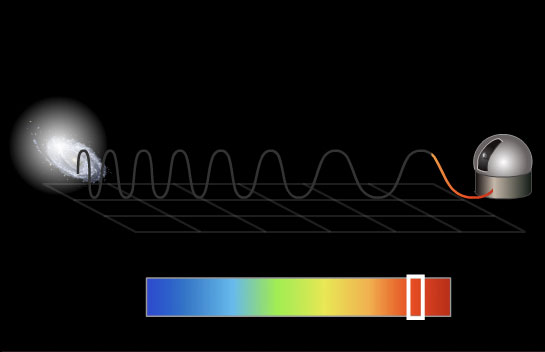

- #Hammerspoon redshift too red upgrade
- #Hammerspoon redshift too red code
- #Hammerspoon redshift too red series
#Hammerspoon redshift too red upgrade
The next time redCI starts, it will find it and upgrade the database accordingly.
#Hammerspoon redshift too red code
In addition, this should allow us to keep both DEV and PROD instances in sync.īecause database changes are migrations, each script name is prefixed with a sequential number to indicate the order in which code changes were made.Įvery time the need to deploy a database change arises, we simply create a new SQL script with a version number higher than the current one. The automated deployment should be applied first on our Redshift DEV instance so the database changes and ETLs can be tested before deploying the changes to production. Automatic DeploymentsĪnalysts used to have Redshift permissions to run DDL queries manually, these permissions should be removed and automatic DB deployments should be allowed instead. All this pipeline should be integrated into our current Jenkins pipeline. CI/CD pipelineĪfter validating the database changes, an immutable artifact should be created together with the application code so automated DB deployments can be consistent, repeatable and predictable as application code releases. In addition, everybody gets their own database instance so the same tests can also be triggered locally while developing to get feedback even faster.
#Hammerspoon redshift too red series
Once database code is checked in, a series of automated tests are immediately triggered.

We will need to keep track of which migrations have been applied to each database.

We came up with a list of requirements and goals for this to happen: 1. The application code’s CI/CD pipeline was already robust so we thought about integrating Redshift’s scripts into the same CI/CD process. As you can see, in addition to not having a proper CI/CD pipeline for the scripts, all table fixes are appended to the same file without an easy way of keeping track of changes.


 0 kommentar(er)
0 kommentar(er)
